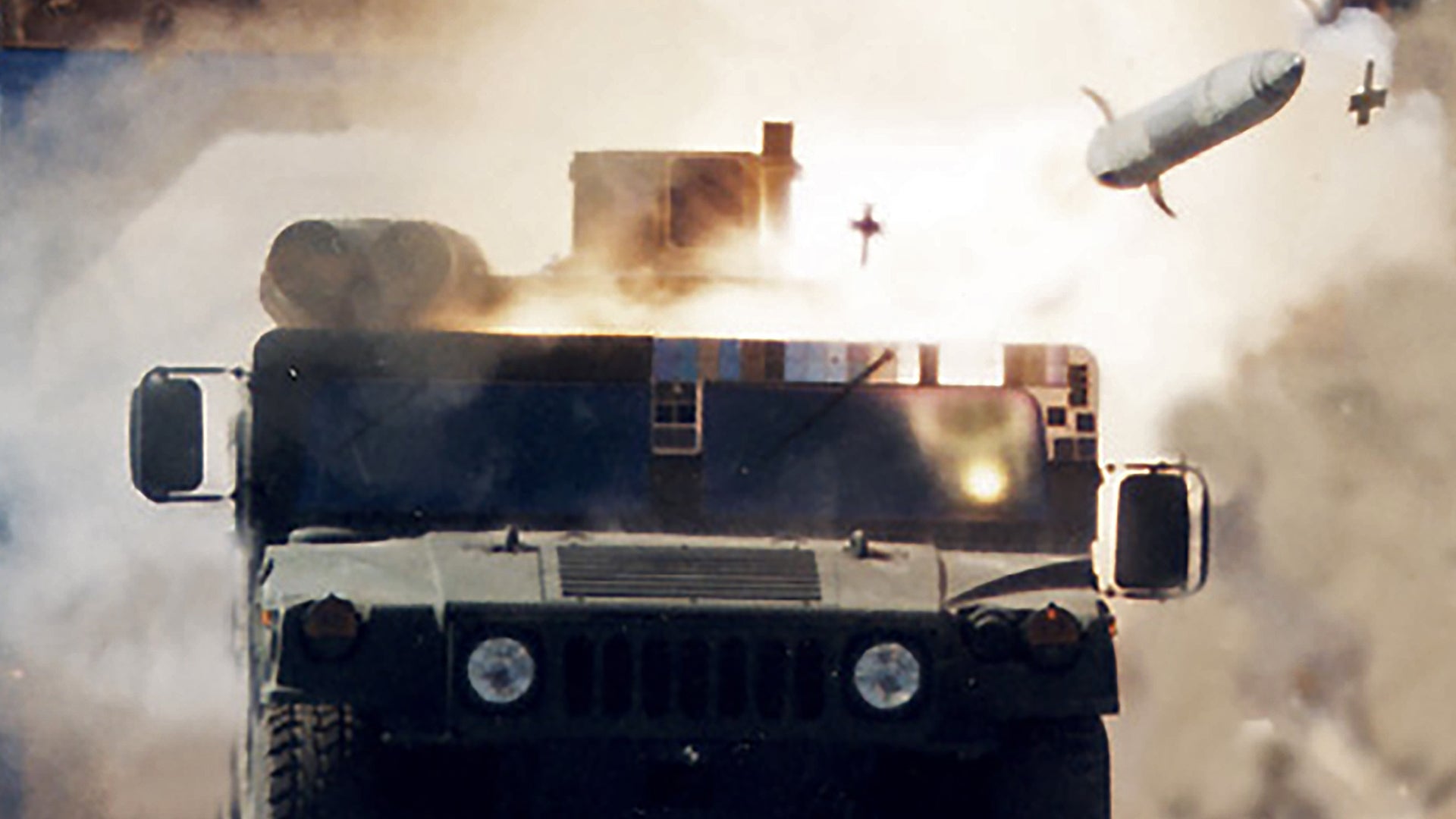To maintain its edge over potential peer-state opponents during a high-end conflict, the U.S. military is scrambling to find new ways to out-gun its increasingly capable competitors on tomorrow’s battlefield. One of the largest components of this initiative has been the rapid rise of a hypersonic weapons arms race of sorts, but one that is focused on large, long-range systems meant to hit time-sensitive and heavily guarded strategic targets. But the lower-end fight, specifically duking it out on the ground with armor, is also a major concern.
As the threat of advanced anti-tank guided missiles and other infantry anti-tank weapons continues to grow, numerous countries, including the United States, are adding active protection systems to their armored vehicles. While being able to defend against some kinds of incoming rounds is very important, it’s even more important to kill the threat before it ever has a chance to fire in the first place, or at least be able to attack it in such a way that it too can’t defend itself with high-end countermeasures. This is precisely where hypersonic weapons should come into play.
The idea isn’t as far-fetched as it sounds. The reality is that the U.S. Army was heavily invested after spending decades developing hypersonic kinetic-kill anti-tank missiles up until a little less than a decade ago. Peculiarly, even today, in a time of supposed great power competition, the concept seems to have largely vanished, at least publicly.
When the Pentagon killed the Army’s Future Combat Systems (FCS) program in 2009, it also effectively ended its last known high-speed anti-tank missile project in the process. The service had expected Lockheed Martin’s Compact Kinetic Energy Missile (CKEM) to arm certain variants of the FCS family of vehicles, as well as existing platforms, such as the tracked Bradley Fighting Vehicle and the wheeled Stryker armored vehicle.
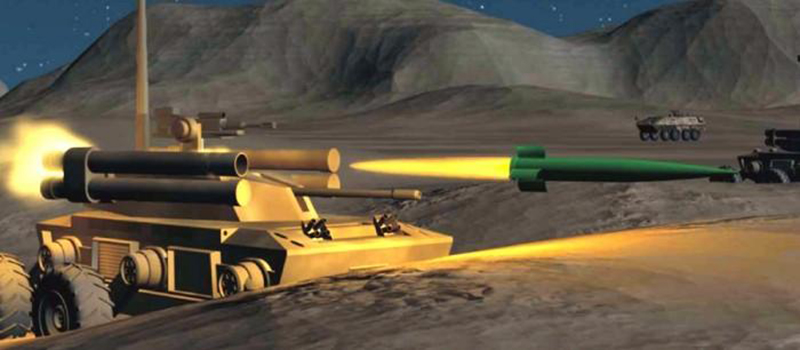
“There is nothing as incredibly powerful as CKEM when it comes to Line-of-Sight engagements,” Rick Edwards, then Lockheed Martin’s Vice President for Tactical Missiles within the company’s Missiles and Fire Control division, said in 2007 after one successful test against a static T-72 tank. “CKEM’s proven hit-to-kill technology is the only successful system which will fill FCS lethality gaps for close and extended engagements.”
Even just at supersonic speeds, kinetic penetrators are especially good at negating various types of add-on armor and other countermeasures. Explosive reactive armor (ERA) and slat or bar armor work to neutralize the warheads in incoming tank shells, missiles, or other anti-tank rounds, which kinetic hit-to-kill projectiles do not have at all.
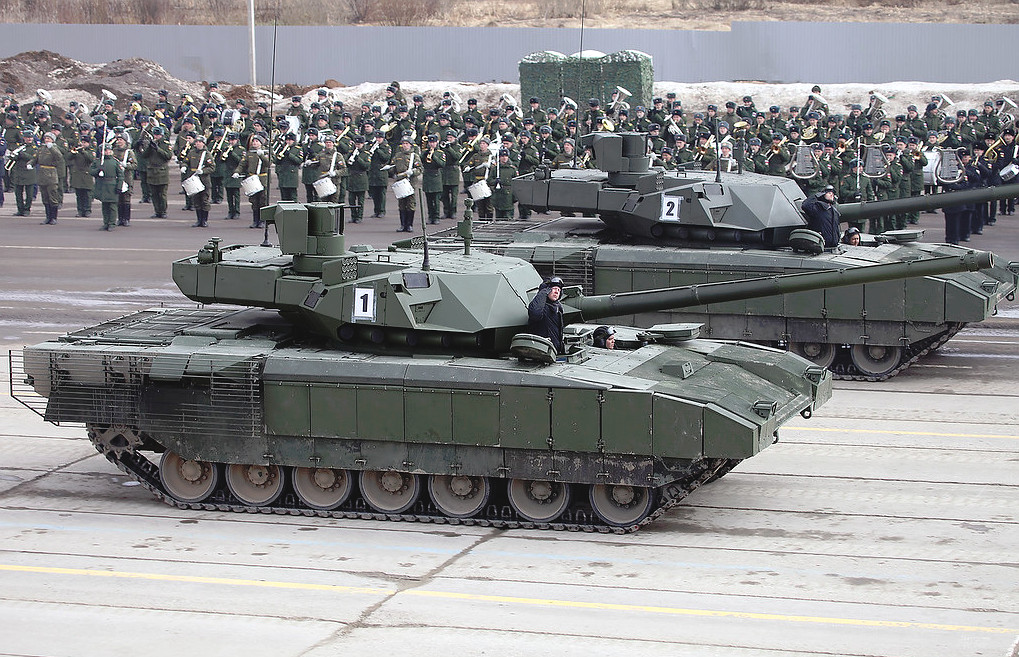
Hard-kill active protection systems (APS) with either explosive charges or physical interceptors work on much the same principle. The sheer speed of existing non-missile kinetic penetrators, which can hit speeds of around Mach 4.75, is too fast for the sensors on even the most modern APS arrangements to track and engage in the first place, making them best suited to defeating slower anti-tank guided missiles, rocket-propelled grenades, and other infantry anti-tank weapons.
So, a hypersonic anti-tank missile, which would, by definition fly at speeds over Mach 5, combined with a kinetic penetrator, could be a game-changing anti-tank capability. The test target T-72 tank that Lockheed Martin destroyed in 2007 with a CKEM had an explosive-reactive armor package that gave it no apparent added protection against the weapon.
The video below explains how modern kinetic energy tank rounds work. These shells actually fire a smaller, dart-like high-velocity penetrator made out of a dense metal that is held in place in the barrel by a so-called discarding sabot, which falls away as it leaves the gun.

As already noted, the Army has a significant amount of pre-existing development work that it could leverage for a new high-velocity, kinetic anti-tank missile project. When the CKEM program came to an end in 2009, it had been in development for nearly a decade.
At that point, Lockheed Martin’s missile design was reportedly around five feet long and weighed less than 100 pounds. By comparison, the most recent variants of Raytheon’s BGM-71 TOW missile, which remains the main ground-based heavy anti-tank missile in both the U.S. Army and Marine Corps, are just shy of four feet in length and weigh around 50 pounds.
CKEM used a solid-fuel, dual-pulse rocket motor to boost its kinetic penetrator to speeds over Mach 6. It was to have a range of around five miles, more than twice that of TOW, but it’s unclear if Lockheed Martin ever demonstrated it against targets at that distance.
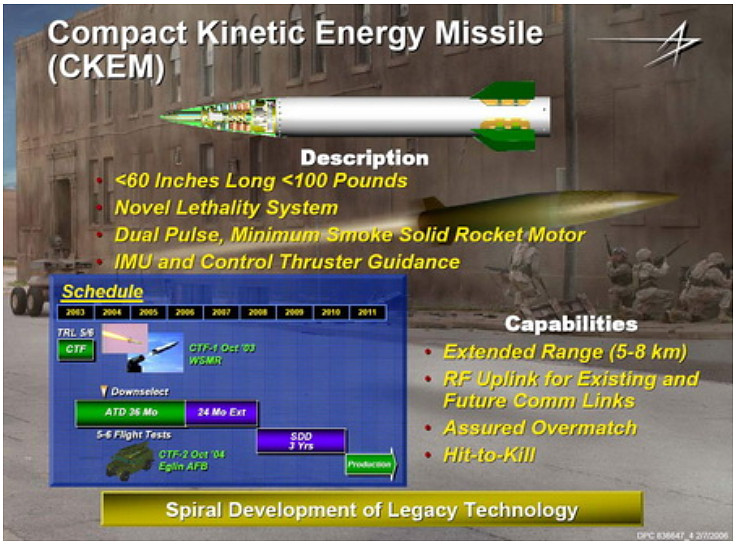
The T-72 in Lockheed Martin’s 2007 test was just over 2 miles away from the CKEM launcher. Limitations in the firing platform’s ability to steer the missile to the target may have been the reason for not testing it out to its maximum range at that time.
The goal was for FCS vehicles to use various sensors to send targeting information and course corrections to the weapon in flight via a two-way data link. It’s not clear whether the missile had the ability to independently lock onto the target, such as with an onboard imaging infrared sensor but that doesn’t seem to be the case. The physical shape required for very high-velocity rockets and missiles and their penetrator payloads can make it difficult to place sensors and control surfaces in the nose.
The CKEM used a unitary kinetic kill vehicle design in which the entire missile would eventually slam into the target. There were other proposals, including for a multi-stage arrangement with a rocket booster that would fall away after getting the main anti-armor penetrator up to hypersonic speed.
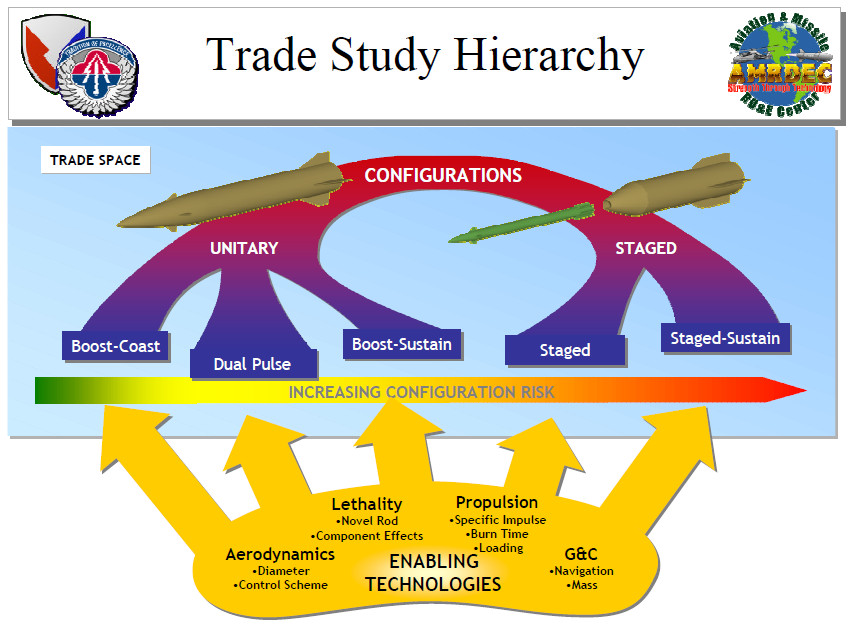
But CKEM wasn’t the only concept for a hypersonic, kinetic-kill anti-tank missile that Lockheed Martin developed for the U.S. military. It was only the latest in a string of U.S. military- and privately-funded programs that the firm, along with other American defense contractors, had been working on tracing back to at least 1981.
In that year, the U.S. Air Force hired LTV to begin work on the Hypervelocity Missile (HVM), which the service initially envisioned as an air-to-ground kinetic hit-to-kill anti-tank weapon for the A-10 Warthog ground attack aircraft. This design used a solid fuel rocket motor to get the weapon close to hypersonic speeds and separate thrusters would allow for course changes in flight.
Highlighting the potential difficulties in guiding such a weapon over extended distances from a ground-based launcher, the HVM lacked any onboard sensors to guide it to the target itself. Instead, the launching aircraft would use a forward-looking infrared (FLIR) system to spot an enemy armored vehicle and guide the missile in its general direction. The pilot would have had to keep the FLIR locked on to the target throughout the HVM’s flight. A two-way data link would send position updates and course correction information to the missile.
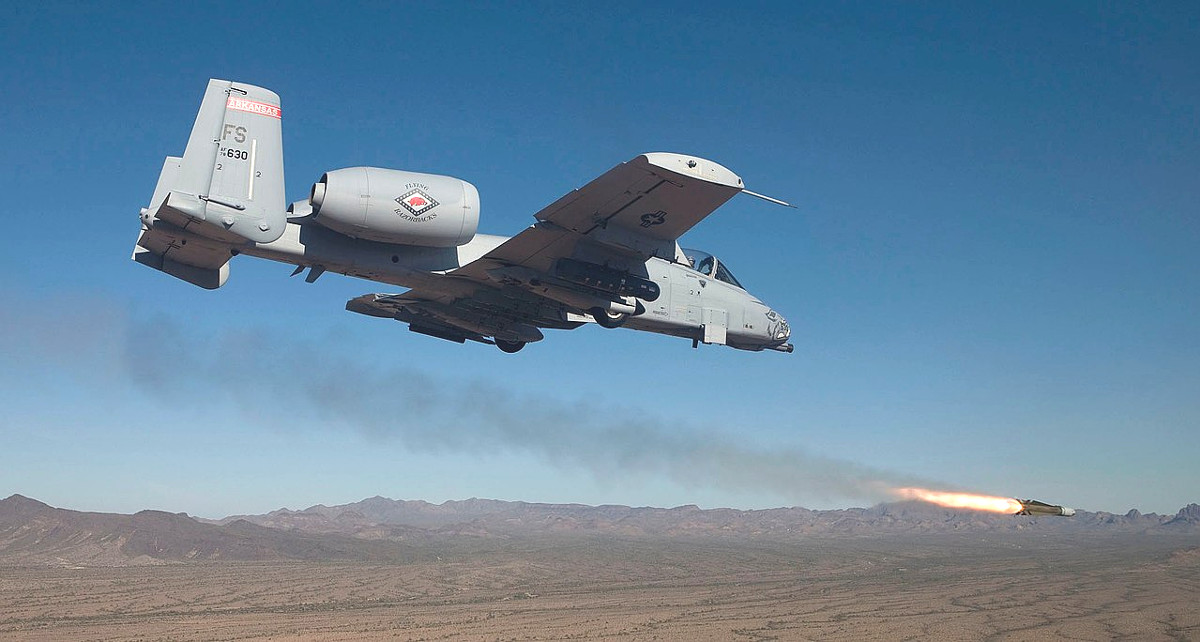
In 1984, the Army and Marines joined the HVM program with the goal of creating a surface-based variant. In 1988, LTV, together with Texas Instruments, pitched an upgraded version of the weapon to the Army for ground-launched applications. The Air Force ultimately abandoned the air-launched portion of the project.
The ground-based effort evolved into what became known first as the Line-of-Sight Anti-Tank (LOSAT) program. In 1997, Lockheed Martin took charge of this program, having acquired the weapon’s design from the Loral Corporation, which had itself previously purchased LTV’s missile division.
The Army terminated that project in 2004, by which time it had become known as the Kinetic Energy Missile (KEM), in favor of CKEM. By that point, the LOSAT/KEM project had produced a functional missile design, the MGM-166A, which was nearly 10 feet long, weighed more than 175 pounds, and had a top speed of nearly Mach 5.

The primary carrier vehicle for LOSAT/KEM was a modified Humvee with four missiles ready to fire. The vehicle could tow a trailer with additional rounds and the crew would have to exit the vehicle to reload the system.
There were also proposals for better-protected options, including mounting a similar four-round launcher on the Bradley chassis. Another concept was to use the M8 Armored Gun System chassis to carry a turret packed with a dozen missiles in two armored pods.
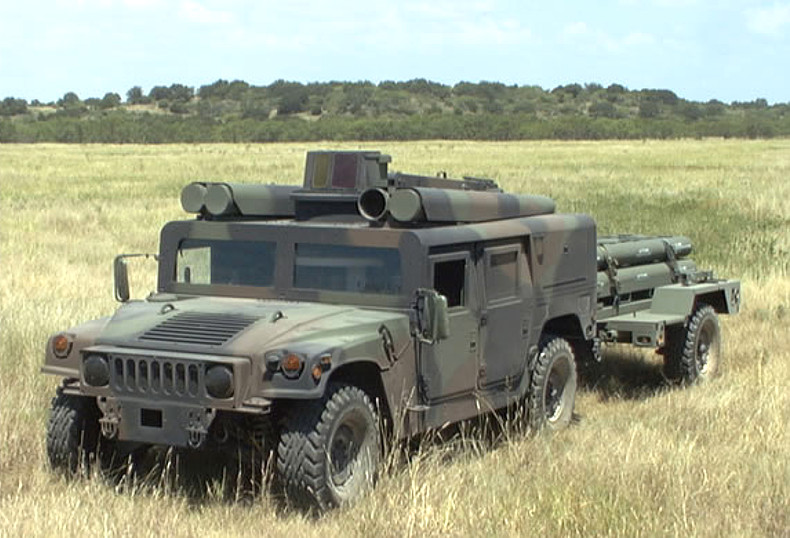
Raytheon, perhaps fearing a challenge to its hugely successful TOW missile family, began its own private venture to develop what it simply called the Hypervelocity Anti-Tank Missile (HATM) sometime during LOSAT’s development. The goal was to develop a hypersonic kinetic energy anti-tank missile that would fit inside existing TOW launchers, a feature that would almost certainly have made it very attractive to the Army and Marines.
In 2002, the Massachusetts-headquartered defense contractor test-fired a number of experimental unguided “ballistic test vehicles” as part of that project. Available pictures show a modified Humvee serving as the launch platform, but it is unclear whether this test configuration used a standard or modified TOW launcher.
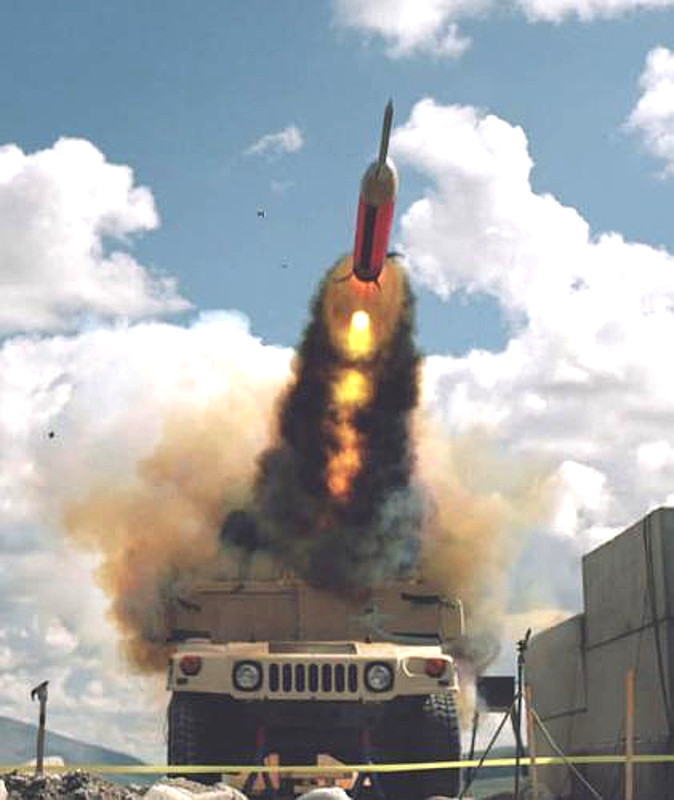
It is hard to imagine how an updated take on any of these systems wouldn’t be very attractive to the Pentagon today, in a time expanded defense spending spurred on by the rising threat posed by peer state competitors. Even more so, the drive for hypersonic weapons is hitting a fevered pitch. The USAF even recently released a contract opportunity announcement for literally anything hypersonic. So, the environment seems especially ripe for a hypersonic, kinetic hit-to-kill anti-tank weapon to finally succeed.
And money is certainly flowing into the anti-armor space, this includes upgrading and developing new direct fire and indirect fire weapons, along with air-launched anti-tank missiles. A major issue that persists is the need for a ‘longer stick’ on virtually all ground combat platforms to allow them to be able to engage enemy forces at long distances—namely before the enemy is within firing range itself.
The idea that a hypersonic anti-tank missile can provide discarding sabot penetrator like capabilities at double the range, without the need of a long barrel/tank configuration, and that it can even be mounted on lightly armored vehicles, seems like a massive game-changer that solves a lot of problems. The fact that it poses a major challenge for active defensive countermeasures makes it even more enticing.
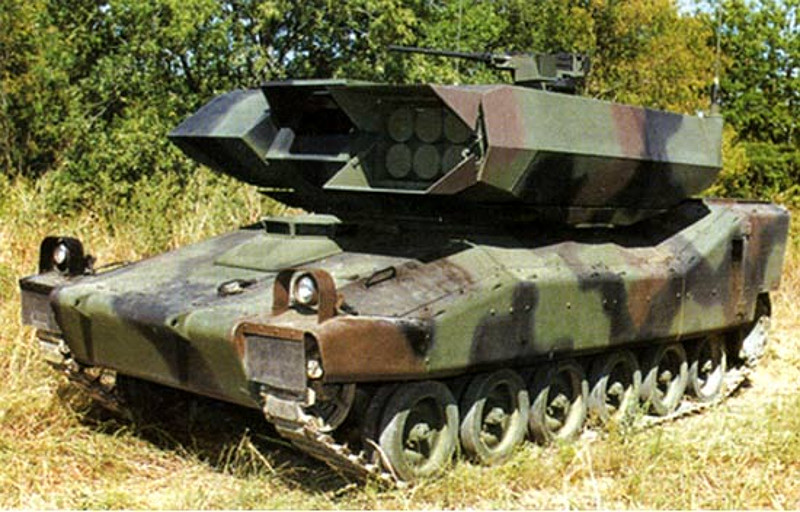
It remains unclear exactly what technological hurdles may have remained when the most recent iteration of the concept was canceled nearly a decade ago, but at Mach 5 speeds thermal and guidance issues can come into play. But a lot has changed technologically in regards to material science, flight controls, sensors, and data-links in the last decade and considering the Pentagon’s new motivation for exactly this type of weapon, one would think that they could be overcome. The fact that there is literally three and half decades of collective research on such a capability should only help the cause.
The concept could also be improved upon. For instance, with the use of a small drone for targeting, ground combat teams could potentially use such a weapon for non-line-of-sight engagements as well.
This capability wouldn’t only be relevant for land vehicles, it could also be useful at sea when it comes to defending against medium and small-sized threats in the littorals, and especially so if it was scaled up a bit to add more range. At hypersonic speed, traditional close-in defenses would be very challenged to overcome an attack. Providing it in an air-launched form for helicopters and aircraft such as the A-10 could offer these aircraft a new fast-reaction anti-armor weapon that cannot easily be defeated, including by modern ground-mobile point defense systems.

With all this in mind, it is downright perplexing that we are not hearing about this concept today. There is a chance that it could be back in development in a classified form, but that seems less than likely considering it never really was a highly classified program in any of its prior iterations.
Assuming technical hurdles remain, if they can be solved, this could be something of a superweapon that America’s ground forces need to distribute highly lethal and indefensible anti-armor capability on everything from light tactical vehicles to main battle tanks. Doing so would put the enemy at risk far outside of its own ability to employ armor-piercing discarding sabot rounds that have similar effects—a capability that is also limited to its forces main battle tanks alone. If the enemy turns toward anti-tank missiles for longer-range engagements, those systems are increasingly vulnerable to countermeasures as they travel at less that one quarter the speed of their hypersonic counterparts.
In other words, we are talking about a total game-changing weapon here.
Will we see hypersonic anti-tank missiles rise like a phoenix from the ash heap of weapons development history? We’ll just have to wait and see.
Contact the author: Tyler@thedrive.com
